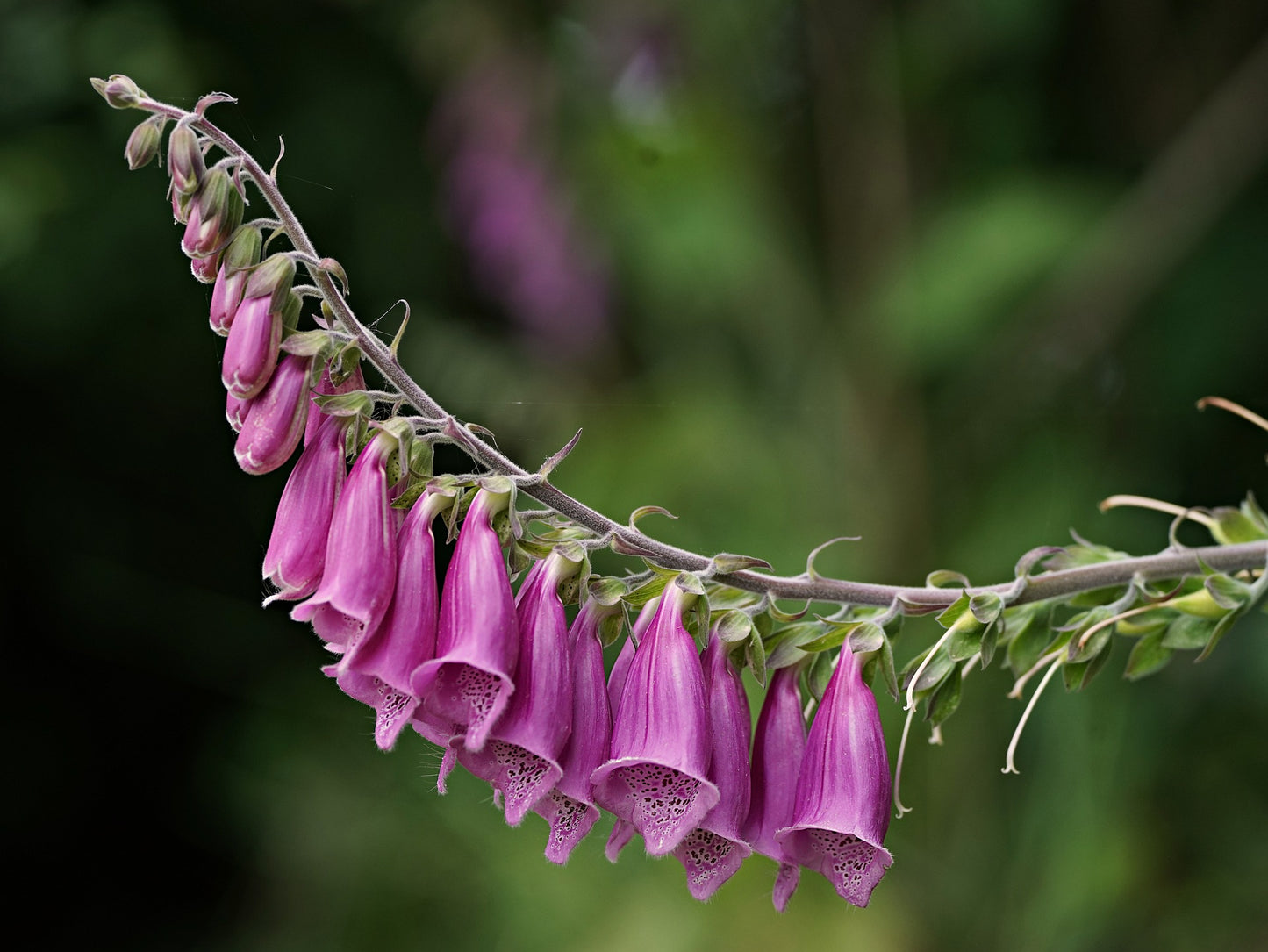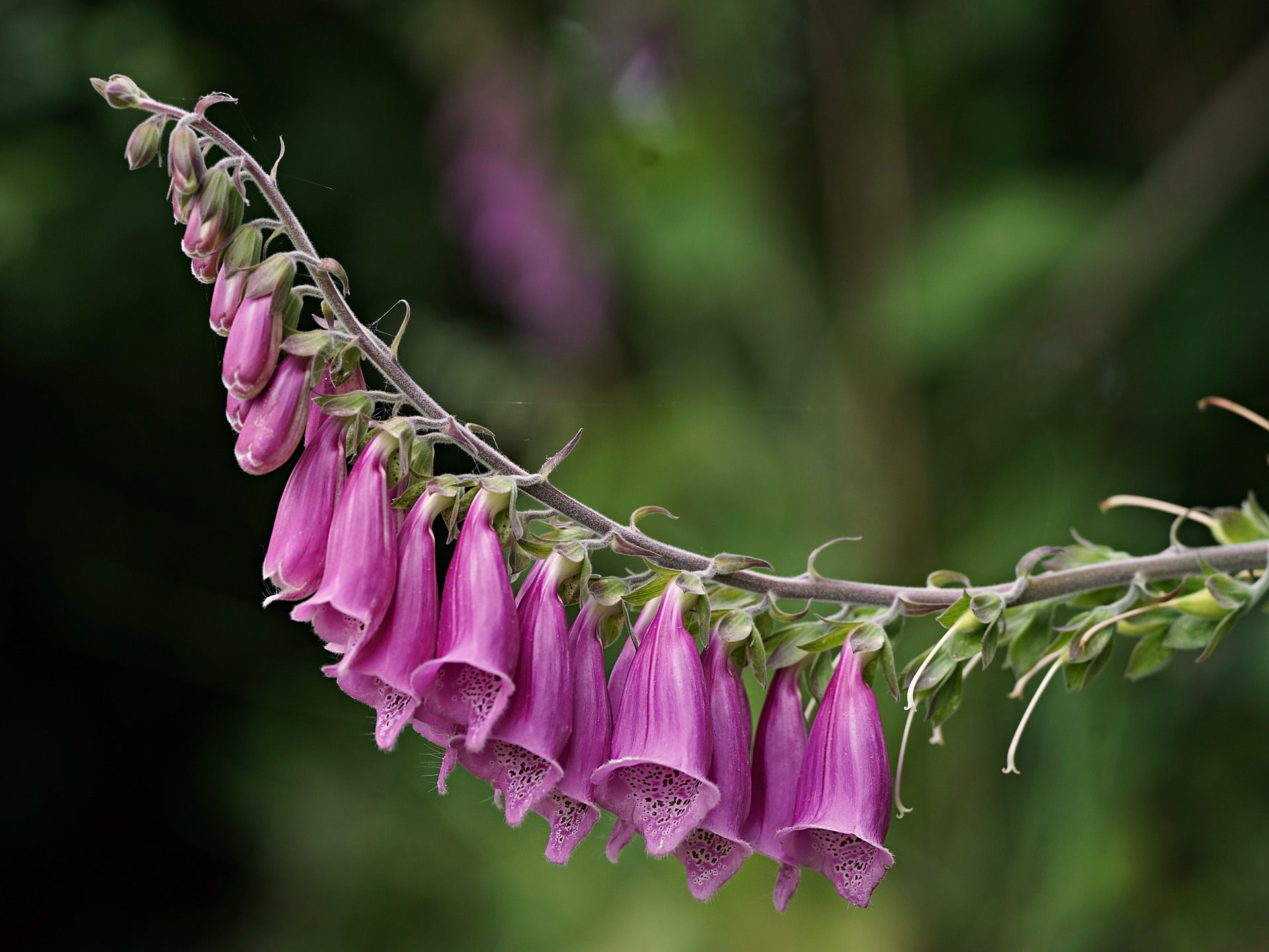Shady Place Blooms
Shady Place Blooms
Packet Size: for 2 square metres
Couldn't load pickup availability
Just add Shady Place Blooms to spaces under trees or in the shadow of a house, wall, fence, or hedge for a lovely splash of flowers. This decorative mix includes 12 annuals and 16 perennials that are as easy as ‘throw and grow.’ Not just pretty, it’s also great for wildlife — see more info below.
You’ll find Virginian Stock, Balsam, Dame’s Rocket, Sweet Alyssum, Wild Poppy, Common Mallow, Sweet Pea, Foxglove, Aquilegia, Violet, Lobelia, Campanula carpatica—and more.
The flowers grow between 40cm and 80cm tall, perfect for adding colour to shady spots.
There’s enough seed here to cover around 2 square meters.
Wildlife Benefits
- Virginian Stock: Attracts bees and butterflies.
- Balsam: Loved by honeybees and bumblebees for its nectar.
- Dame’s Rocket: Provides nectar for bees and butterflies.
- Sweet Alyssum: Draws small bees, hoverflies, and other beneficial insects.
- Wild Poppy: Visits from mining bees and other wild pollinators.
- Common Mallow: Attracts bumblebees and solitary bees.
- Sweet Pea: Bees, including honeybees and bumblebees, visit for nectar and pollen.
- Foxglove: A favourite of bumblebees, especially.
- Aquilegia: Attracts bumblebees and butterflies.
- Violet: Supports a range of bees and butterflies.
- Lobelia: Nectar source for bees.
- Campanula carpatica: Attracts mason bees, bumblebees, and butterflies
SOW & GROW
Almost as simple as throw and grow — just scatter and let the shade come to life.
When to sow: Best between September and November for flowers the following spring. You can also sow March to June for blooms later that summer and again the next spring.
Where: Pick a shady spot — under trees, beside a fence, hedge, wall, or anywhere with dappled light.
Prep the ground: Shady ground can be compacted, so don’t worry if it’s tricky to dig. Just remove any weeds (especially brambles and nettles), then rough up the surface using a strong rake. You’re aiming to break the top crust rather than dig deeply.
Mix it up: Combine the seed with about 4g of sharp sand or vermiculite — it helps spread the seed more evenly and shows you where it’s landed. Keep remixing as you sow to stop heavier seeds sinking to the bottom.
How to sow: Scatter the seed across the area, then use the rake again to gently mix the seed into the soil surface.
Watering: If it’s very dry, give the area a light watering with a rose on your watering can to help settle everything in.
Aftercare: Let the seeds do their thing. Pull out any weeds that pop up, and re-sow every 2–3 years to keep the mix looking its best.

Collapsible content
Sowing
- Mar
- Apr
- May
- Jun
- Sep
- Oct
- Nov
Harvesting / Flowering
- Jun
- Jul
- Aug
- Sep
- Oct

